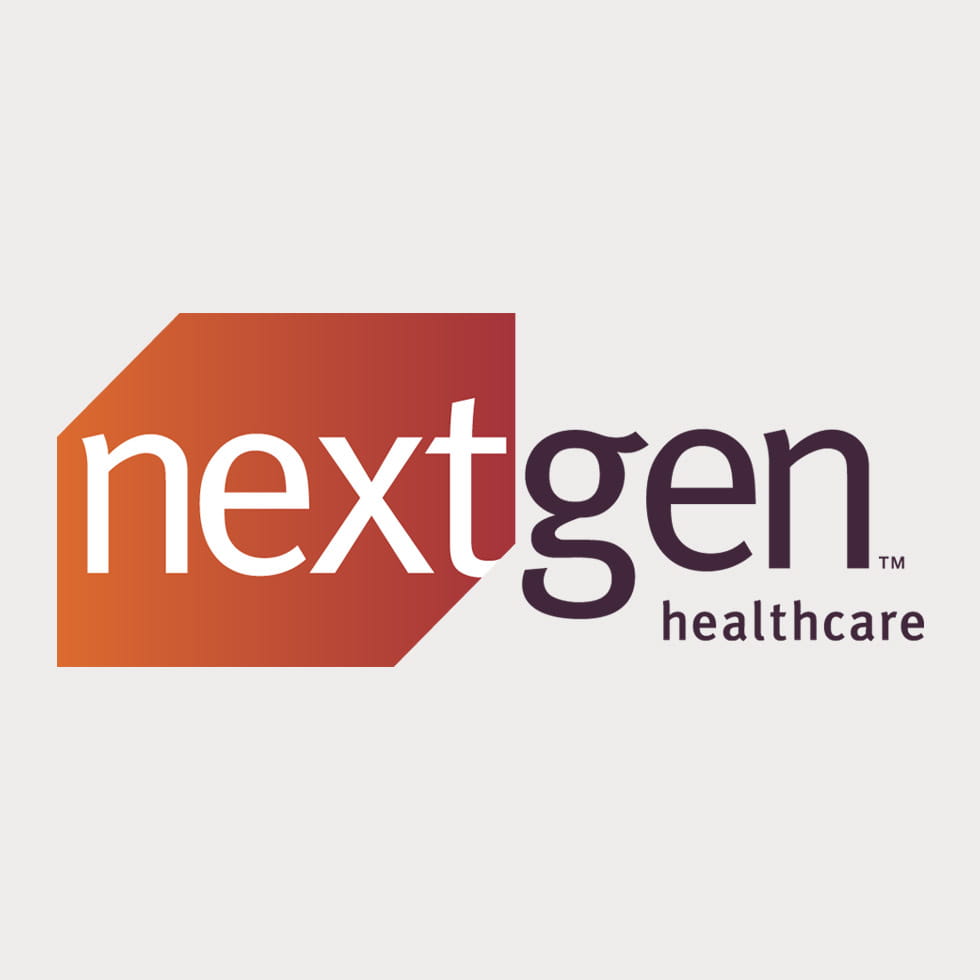The first blog in this series introduced the revenue cycle journey. Now let's look more closely at the crucial first step of this journey, collection of patient information—such as demographic data and the reason for the patient’s visit—at the front desk. Simple as it seems, errors made when collecting this information are common reasons for claim denials by insurance payers.
Front office staff also need to verify insurance coverage. To support this effort, your practice management system should incorporate a remote transaction server (RTS) that connects with payer systems, allowing you to validate patient benefit eligibility, determine coverage, and estimate patient responsibility via online access. This eliminates the need to call payers individually or log in to separate payer websites. It can also help you collect the patient’s co-pay, up front.
Preauthorization is an important part of registration. Insurance payers commonly require preauthorization for medical procedures other than a primary care physician visit. If you don’t obtain it, the physician will not be paid.
Tips on How to Collect Patient Information Effectively
Here are a few helpful hints to keep in mind:
- Get eligibility information at appointment scheduling—Verification with the RTS can occur days in advance. Have office staff verify the information again at check-in.
- Understand your practice’s payer mix—Know your payer mix so you can accurately identify patient plans and insurance eligibility. Take a proactive approach to communication with patients—letting them know up front which services are not covered. It’s also crucial to know which insurers require preauthorization before services are billed.
- Pinpoint the patient’s insurance plan—When the patient registers and identifies their insurance provider, make sure you identify the exact plan. Failing to pinpoint the specific plan may cause you to miss timely filing deadlines and can create significant roadblocks to payment.
- Manage policies and procedures—It’s important to maintain standard operating procedures for patient eligibility and registration.
- Utilize automated outreach—Take advantage of automated outreach solutions integrated with your EHR and appointment-scheduling technology. Schedule automated patient reminders using text alerts, emails, or voice messages according to each patient’s preference.
In our next blog in this series, we will delve into charge capture and coding. Click here to learn more from our eBook “A Simple Guide: Practice Management and Medical Billing”.
Meet NextGen Ambient Assist, your new AI ally that generates a structured SOAP note in seconds from listening to the natural patient/provider conversation.
Read Now